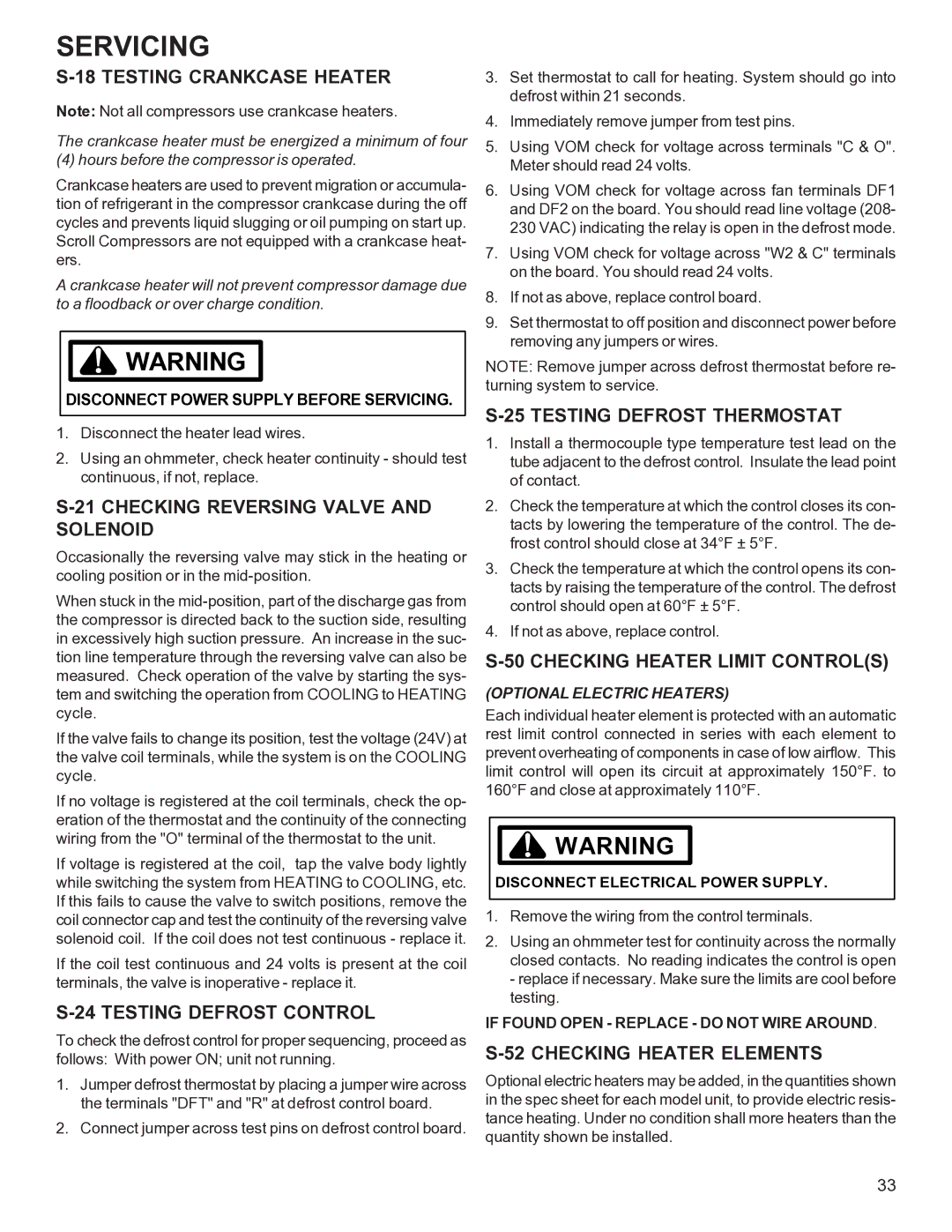R-410A specifications
Goodman Manufacturing, a well-respected name in the HVAC industry, has made significant advancements with their R-410A refrigerant technology. R-410A, a hydrofluorocarbon (HFC), has positioned itself as a superior alternative to the older R-22 refrigerant, which has been phased out due to its ozone-depleting properties. Goodman’s commitment to energy efficiency and environmental sustainability is well reflected in their use of R-410A in their air conditioning and heat pump systems.One of the main features of Goodman’s R-410A systems is their exceptional energy efficiency. The R-410A refrigerant operates at a higher pressure than R-22, which allows for better heat transfer and improved cooling capacity. This results in reduced energy consumption and lower utility bills for consumers. Goodman’s air conditioning units designed for use with R-410A are often rated with high Seasonal Energy Efficiency Ratio (SEER) ratings, making them an eco-friendly choice for residential and commercial applications.
Another notable technology employed by Goodman is their commitment to reliable performance through advanced compressor designs. Goodman's scroll compressors are optimized for R-410A, ensuring quieter operation and reducing vibration levels. These compressors are known for their efficiency and longevity, making them a favorite among homeowners seeking dependable and durable climate control solutions.
Goodman's multi-stage cooling systems that utilize R-410A offer precise temperature control and enhanced comfort. By controlling the speed of the compressor, Goodman’s units can adjust output according to the heating or cooling demand, maximizing comfort while minimizing energy waste. This adaptability not only enhances indoor air quality but also contributes to a greener environment by using less energy.
Furthermore, Goodman incorporates high-tech diagnostic controls into their systems. These controls provide real-time performance data, allowing homeowners and technicians to monitor system status and troubleshoot issues more easily. By using R-410A combined with these innovative technologies, Goodman emphasizes reliability and user-friendly operation.
In conclusion, Goodman Manufacturing’s use of R-410A refrigerant reflects their dedication to efficiency, reliability, and environmental stewardship in HVAC solutions. The combination of advanced compressor technologies, high energy efficiency, and innovative controls solidifies Goodman’s reputation as a leader in the industry, offering homeowners and businesses the comfort and peace of mind they deserve.

